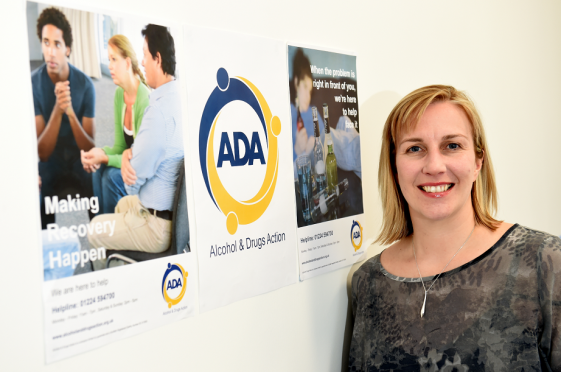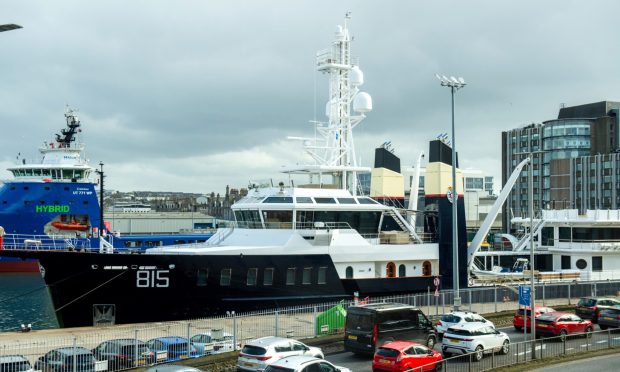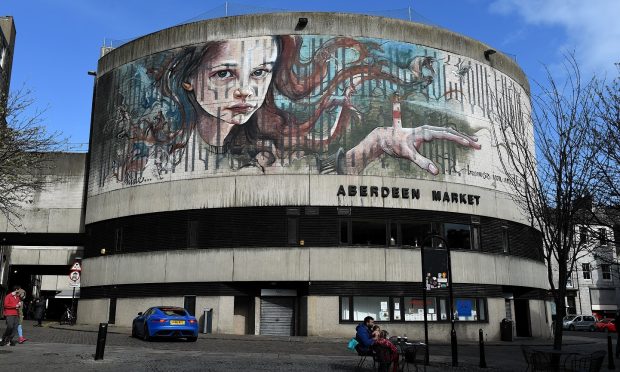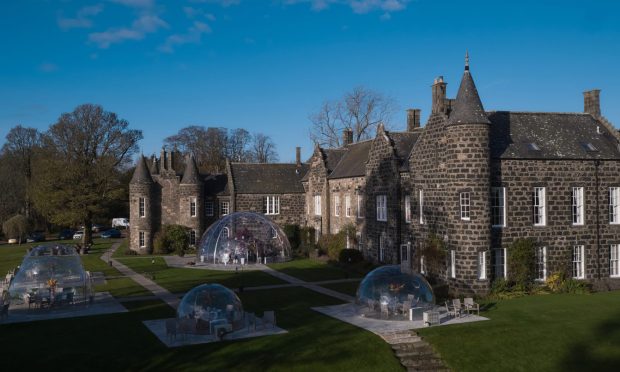An Aberdeen drugs charity will change its name next week in response to new research which shows that more than one in four people in the north east are drinking hazardous amounts of alcohol.
Set up in 1986, Drugs Action has for years been supporting people in the Granite City and further afield with their battles with illegal drugs, legal highs and other addictive substances.
But, in 2014 the organisation extended its services to those suffering from alcohol issues.
In recognition of this, and the increasing number of people coming through the charity’s doors on Hadden Street with drink-related problems, the group will be called “Alcohol and Drugs Action”(ADA) from Monday, April 4.
Luan Grugeon, the chief executive of the re-branded ADA, said the name change was necessary to highlight the dangerously high levels of drink being consumed in Aberdeen and Aberdeenshire.
She explained that recent research by NHS Grampian revealed that more than 40% of adults in the city drink more than the recommended weekly limits.
It also highlighted that 26% of the population of the north-east of Scotland are now consuming enough alcohol to be considered hazardous and harmful.
Mrs Grugeon said: “If people drink above 14 units a week, which is the recommended weekly limit, that is linked to loads of different cancers, heart disease, an increased risk of stroke, circulatory problems, and other very severe health issues.
“The data shows that people who have problems with alcohol come from a very wide age group, and it’s definitely not people who would even consider they have a problem with alcohol.
“They don’t know, but they’re storing up health problems that will only become evident when they’re older.
“There are plenty of small, subtle behavioural changes people can make to potentially decrease their risk of a range of health problems in the long-term like avoiding binge drinking, being aware of what a unit is, or having a few days off drink every week.”
In the months of January, February and March this year, ADA had more than 200 people come through its doors seeking assistance in battling their issues with booze.
Mrs Grugeon explained that although people from all walks of life can become dependent on drink, those in the oil and gas industry – particularly those who have recently been made redundant – are increasingly at risk of turning to the bottle.
She said: “The evidence tells us that when people are in times of stress in their lives, and are facing problems with their finances or families, there can be a tendency for some people to use alcohol as a crutch.
“So, at this time when there are a lot of people in difficult financial situations because of the oil and gas downturn, there will undoubtedly be people drinking more to cope with their stress.
“We’re there for anybody, no matter how small they think their problem may be, as our main objective is to help prevent these problems from getting bigger.”
To find out more about alcohol and learn about how you can cut down, visit www.drugsaction.co.uk










